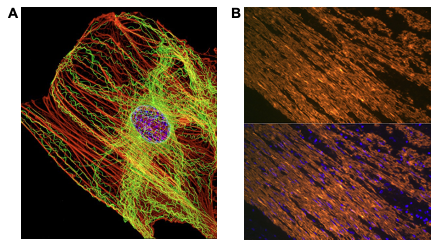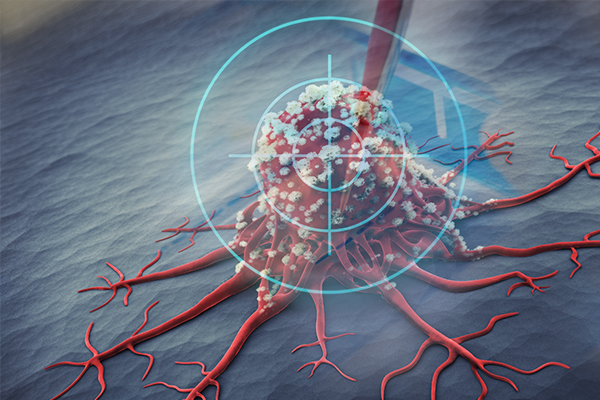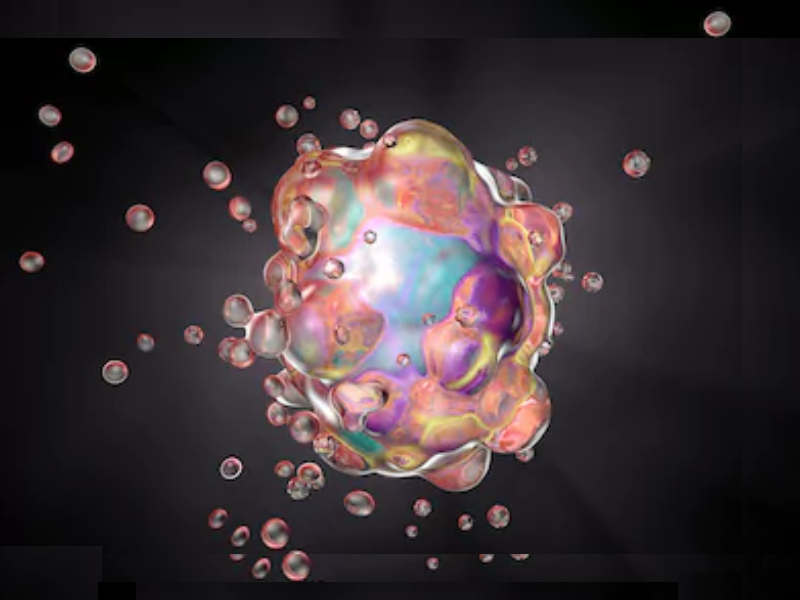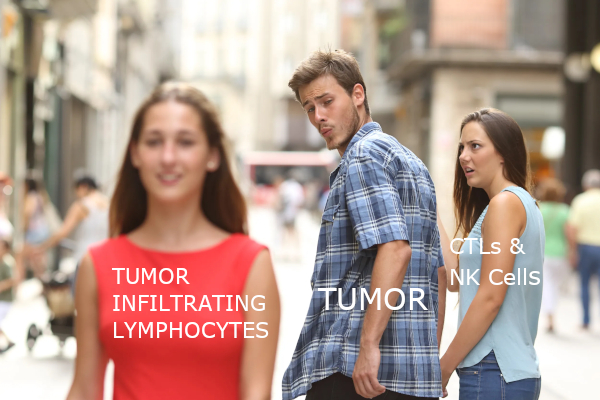Cancer remains one of the most prevalent and deadly diseases affecting humanity. According to the Centers For Disease Control, cancer was the second leading cause of death in 2020 for Americans behind heart disease. The American Cancer Society projects at least 600,000 deaths due to cancer each year, despite the fact that mortality continues to decrease each year. The majority of these deaths are from advanced cancer, which are cancers that do not respond well to treatment and therefore cannot be cured. It is when the advanced cancer progresses to a point where it can escape the primary tumor site, a process known as metastasis, that the prognosis becomes grim.
Metastasis of cancer cells requires the restructuring of the primary tumor cell’s cytoskeleton. 1 The cytoskeleton is an extremely dynamic and complex network of protein filaments and fibers located in the cytoplasm of both prokaryotic and eukaryotic cells. 2, 3 It can be found in all parts of a eukaryotic cell’s cytoplasm outside of the nucleus, extending from the nucleus to the cell membrane. The cytoskeleton has many functions vital to cell survival, including organizing major cellular constituents, the movement of organelles within the cell, and maintaining cell shape (Figure 1).

FIGURE 1: Immunofluorescence analysis of cytoskeletal components. A) The cytoskeleton in a normal fibroblast is composed of actin filaments (red) and microtubules (green). Source: NIGMS. B) Smooth muscle in a human colon carcinoma tissue sample is visualized using ABclonal's α-Smooth Muscle Actin (ACTA2) Rabbit mAb (A17910, secondary antibody signal in red, DAPI for nuclear staining in blue).
Components of the Cytoskeleton
The Cytoskeleton can be broken down into several main components (Figure 2): 3
- Microfilaments: Made of actin filaments, these thin, dynamic fibers are known for their involvement in maintaining cell structure and intracellular movement. Actin filaments serve as tracks for transport proteins like dynein and myosin, a mechanism essential to the transport of cellular cargo.
- Intermediate Filaments: Made of various cytoskeletal proteins like vimentin, keratin, and desmin, intermediate filaments are thicker than microfilaments and thinner than microtubules. They are a permanent fixture in the cytoskeleton, contributing to overall cell structure and stability.
- Microtubules: Made of alpha and beta tubulin, these thick fibers are responsible for maintaining cell structure. They also make up the internal structure of cilia and flagella. 4

FIGURE 2: Characteristics of the eukaryotic cytoskeleton. Source: Biology LibreTexts.
The Cytoskeleton and Cancer
The uncontrolled movement of cancer cells from one site to another in the body, or metastasis, is a complex process. In order for cancer cells to break away from the primary tumor, dramatic remodeling of the cytoskeleton is required. The dynamic properties of cytoskeletal components like actin and tubulin, which allow the cell to expand, contract, and remodel its cytoskeleton, are all key in promoting metastatic cancer. 1 Mutations and abnormal expression of cytoskeletal and cytoskeletal-associated proteins play a significant role in the ability of cancerous cells to resist chemotherapy and undergo metastasis. Thus, metastasis is one of the most unpredictable and deadly aspects of cancer, making various components of the cytoskeleton key targets in cancer research. 5-8
Cytoskeletal Cancer Targets
While potential cancer therapeutics targeting the cytoskeleton are still in the early stages, an increasing number of studies are being published detailing the immense potential of this field of study. Novel classes of anticancer compounds targeting actin filaments, microtubules, and many other cytoskeletal components have shown promising results, including TR100, an anti-tropomyosin agent that preferentially disrupts the actin cytoskeleton of tumor cells. 8 Furthermore, experiments that indicated that targeting microtubules for the inhibition of mitosis at the metaphase/anaphase transition can cause cell death in cancerous cells. 5, 6 However, as further experiments are performed with cytoskeletal targets in cancer research, a growing need for quality reagents for analyzing cytoskeletal markers must be met.
How ABclonal Can Help
ABclonal Technology offers a wide array of cytoskeletal markers, custom antibody services and ELISA kits covering many areas of research, including research into more effective cancer therapies. A sample of available cytoskeleton related antibody markers is listed below:
|
Category |
Target Name |
Catalog Number |
Product Name |
|
Cytoskeleton |
TUBB3 |
Beta Tubulin III Rabbit mAb |
|
|
ACTA2 |
Alpha smooth muscle Actin Rabbit mAb |
||
|
ACTA2 Mouse mAb |
|||
|
β-Actin |
ACTB Rabbit mAb |
||
|
Desmin |
Desmin Rabbit mAb |
||
|
KRT20 |
KRT20 Rabbit pAb |
||
|
KRT8 |
[KO Validated] Cytokeratin-8 Rabbit pAb |
||
|
KRT7 |
KRT7 Rabbit pAb |
||
|
KRT17 |
KRT17 Rabbit pAb |
||
|
KRT14 |
KRT14 Rabbit pAb |
||
|
KRT5 |
Cytokeratin 5 Rabbit mAb |
||
|
Vimentin |
[KO Validated] Vimentin Rabbit mAb |
References:
- Novel Insights into the Role of the Cytoskeleton in Cancer | IntechOpen.
- Carballido-López (2006) “The Bacterial Actin-Like Cytoskeleton.” Microbiol Mol Biol Rev 70(4):888-909.
- The Cytoskeleton. 2017 Apr 9. Biology LibreTexts.
- Microtubules, Filaments | Learn Science at Scitable.
- Jordan MA, Wilson L. 1998. Microtubules and actin filaments: dynamic targets for cancer chemotherapy. Curr Opin Cell Biol. 10(1):123–130.
- Čermák et al. (2020) “Microtubule-targeting agents and their impact on cancer treatment.” Eur J Cell Biol 99(4):151075 Epub 2020 May 1
- Shimizu T, Fujii T, Sakai H. 2020. The Relationship Between Actin Cytoskeleton and Membrane Transporters in Cisplatin Resistance of Cancer Cells. Frontiers in Cell and Developmental Biology. 8.
- Stehn JR, Haass NK, Bonello T, Desouza M, Kottyan G, Treutlein H, Zeng J, Nascimento PRBB, Sequeira VB, Butler TL, et al. 2013. A Novel Class of Anticancer Compounds Targets the Actin Cytoskeleton in Tumor Cells. Cancer Research. 73(16):5169–5182.

.png)


